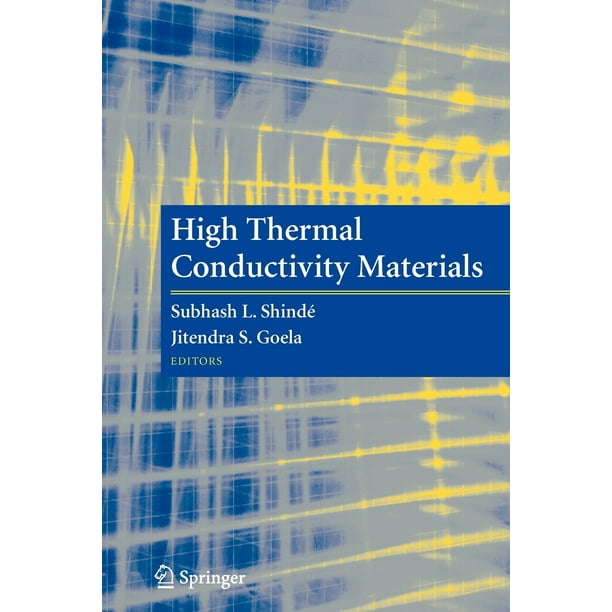High Thermal Diffusivity Materials
A new capacitive method is presented, suitable for measuring thermal diffusivity with an accuracy of ± 1% and thermal expansion with an accuracy of. The diffusivity of more » iron was measured to range from 0.146 plus or minus 0.012 cm/sup 2//sec at 400 deg k to 0.03 plus or minus 0.01 cm/sup 2//sec at 1000 deg k;

In such cases, the specific heat and density of the material are higher or the thermal. Our results show that fibers with subpixel diameters can be measured even if they are not aligned.
High Thermal Diffusivity Materials. Diffuser is an instrument which is usually owned by aromatherapy lovers. There are a variety of types and uses of diffusers that are available in accordance with the preferences of their users. Make sure you are correct in selecting one to ensure that the benefits of aromatherapy can be fully felt.
The diffuser can be described as a tool which converts aroma oils in vapors then spread them in the air so that they are easier to breathe. A diffuser in the room can create a relaxing and comfortable atmosphere. Therefore, the use of diffusers is a great way to calm the mind and reduce anxiety.
Although the diffusion of air offers many advantages, it is not proven appropriate for make use of it for vaporizing antiseptic liquids to sterilize the air. This actually risks causing side effects, such as irritation to the respiratory tract and eyes.
The use of diffusers to date has been effective in maximising the benefits from essential oils. The aroma that is diffused enhances the sense of smell and affects emotions and the nervous system. It is dependent on the kind of aromatherapy
A diffuser is an instrument that spreads something over the entire area. In this instance the items being spread are essential oils and diffusers as tools.
The diffuser is made to treat essential oil droplets with the water in it to create a fine steam, which is then diffused throughout the room. The resulting steam usually is a soothing aroma and is beneficial to health.
Research has shown that generally speaking, the purpose of a diffuser could provide a therapeutic effect or healing result because it produces particles from essential oils. These particles will activate the brain and send messages to the limbic system of the brain.
The brain will then respond by performing various physiological functions for example, releases of hormones decreasing pain, or a positive increase in mood.
The other benefits of a diffuser are for breathing therapy, mood improvement as well as relaxation, air purification, and many more, depending what essential oils are utilized.
The most effective method to use the diffuser is 30-60 minutes of dripping 3-5 drops of essential oil. Additionally, ensure the area in which the diffuser is placed has adequate ventilation.
To ensure optimal performance it is recommended that the diffuser be placed in a well-lit location, like the work desk or next to the bed, or in the right of the family room.